In 2013, realizing that pennywort was easy to grow and had stable output, Mr. Dep boldly converted 3,000 square meters of rice land to specialized pennywort cultivation.
According to Mr. Dep, pennywort is easy to grow in rice fields, has few pests and diseases, requires little care and can be harvested year-round.
After each cut, Mr. Dep continues to water and fertilize with organic fertilizer. 20 days later, harvest the next crop and cut and sell continuously for 20 days.
Mr. Dep shared: “Gotu kola is drought-tolerant so it doesn’t need to be watered every day. But to ensure the water is evenly distributed on the leaves to make the gotu kola cleaner and more beautiful, I installed an automatic misting system.
I also use this system to automatically water and fertilize in an economical way. Vegetables are supplied with water regularly and promptly, so they are always green, clean and favored by traders."
Gotu kola is consumed strongly and is rarely damaged when transported long distances, so Mr. Dep receives many orders from markets and traders come to the garden to collect.
Every day, his family supplies the market with 100-200kg of pennywort, and at times, he sells more than 500kg of pennywort per day.

Workers harvest pennywort for the family of Mr. Truong Van Dep, a billionaire in Kien Giang who successfully grows pennywort in Vinh Phuoc quarter, Giong Rieng town, Giong Rieng district (Kien Giang).
“Growing pennywort to get rich is not difficult, but the most difficult thing is how to ensure quality, clean and safe vegetable sources, and never use toxic chemicals in the production process,” Mr. Dep affirmed.
Every year, for 6 consecutive months, Mr. Dep harvests 3 batches of pennywort. To limit pests and diseases, his secret is that after each crop, he water the field, then waits for the field to dry before plowing the soil and starting a new crop.
Mr. Dep said: "When stopping harvesting pennywort, growers must immediately put water in the field to soak it to cut off the pathogens, then when the field is dry, plow it again. If you plow too quickly, the pennywort crop will not be successful."
This method is to kill pathogens remaining in the soil, helping the pennywort plant to be less susceptible to pests and diseases than continuous cultivation.

Mr. Truong Van Dep's family's lush green pennywort field is being harvested in Giong Rieng town, Giong Rieng district (Kien Giang province).
According to Mr. Dep, the cost of pennywort seedlings is only the initial investment when he first starts planting. From then on, the seeds and pennywort roots are still in the soil, so he only needs to put water in the field to soak it, then drain it and plow the land so that the pennywort can start growing again for the new crop.
From the initial 3,000m2 of growing pennywort, Mr. Dep has now expanded to nearly 10,000m2 . During the flood season, while many places stop producing vegetables, he still has pennywort to sell regularly thanks to investing in high embankments that are not afraid of being affected by flood water.
At first, to have gotu kola seeds, Mr. Dep went around the gardens in the neighborhood to find and pull up wild gotu kola bushes, then brought them back to plant on the riverbank.
Being wild pennywort, the plant is soft, has a characteristic aroma, and is not big and rough like some other types of pennywort commonly found in the market.
According to Mr. Dep's calculation, with a pennywort yield of 1.5-1.8 tons/acre/crop, the selling price ranges from 10,000-20,000 VND/kg, after deducting expenses, Mr. Dep earns a profit of 1-1.5 billion VND/year.
In addition, Mr. Dep's family's pennywort growing model also creates regular jobs for 10 local workers with an income of 160,000-250,000 VND/person/day.
Source: https://danviet.vn/rau-ma-dong-xua-la-rau-dai-ai-ngo-rau-giau-dam-the-trong-thanh-cong-o-kien-giang-dan-thanh-ty-phu-20241022095333783.htm


![[Photo] General Secretary To Lam attends the 8th Congress of the Central Public Security Party Committee](https://vphoto.vietnam.vn/thumb/1200x675/vietnam/resource/IMAGE/2025/10/4/79fadf490f674dc483794f2d955f6045)
![[Infographic] Notable numbers after 3 months of "reorganizing the country"](https://vphoto.vietnam.vn/thumb/1200x675/vietnam/resource/IMAGE/2025/10/4/ce8bb72c722348e09e942d04f0dd9729)







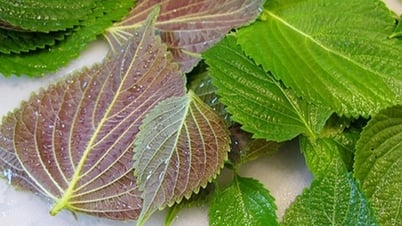

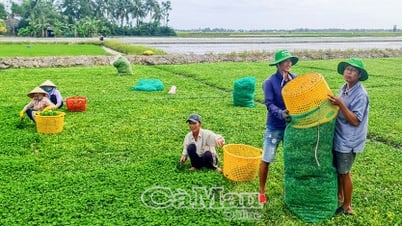

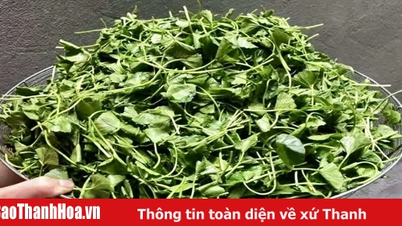

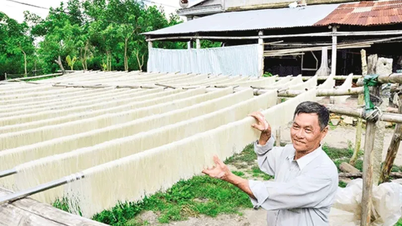



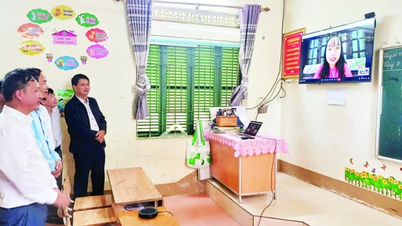

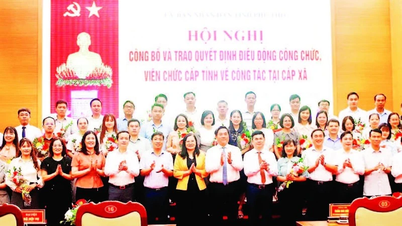
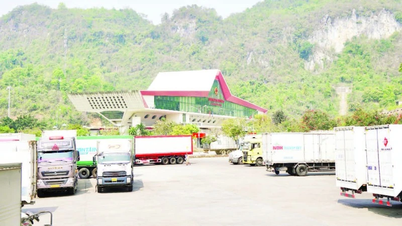
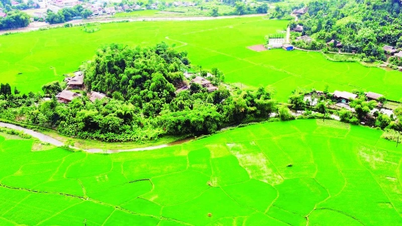
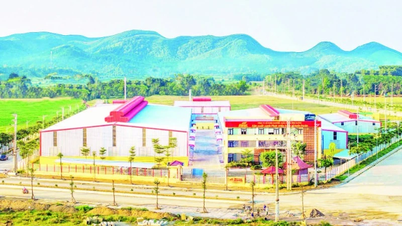









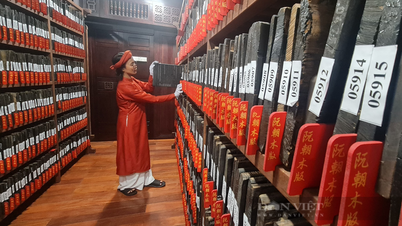
![[Photo] Students of Binh Minh Primary School enjoy the full moon festival, receiving the joys of childhood](https://vphoto.vietnam.vn/thumb/1200x675/vietnam/resource/IMAGE/2025/10/3/8cf8abef22fe4471be400a818912cb85)
![[Photo] Prime Minister Pham Minh Chinh chairs meeting to deploy overcoming consequences of storm No. 10](https://vphoto.vietnam.vn/thumb/1200x675/vietnam/resource/IMAGE/2025/10/3/544f420dcc844463898fcbef46247d16)


















































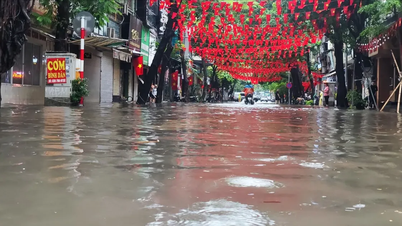




















Comment (0)